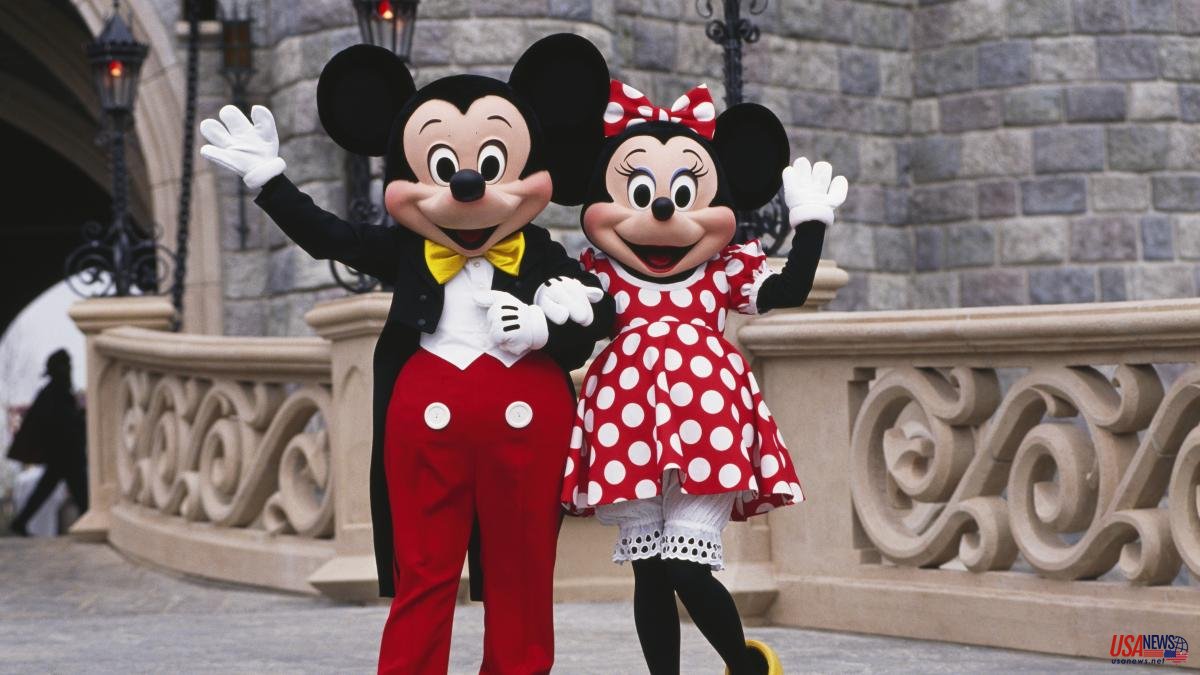When you decide to get back together with your ex, at first there is an illusion that this time it will be different. That he or she knows you better than anyone and that he or she is the best person for a second start, because you have both learned from your mistakes. However, in most cases the reunion does not usually work. And to frustrate expectations.
Something similar happens in the business world. In economic literature, this category even has an expression that defines it: “Boomberang CEO”, that is, boomerang executives. Managers who, after leaving their position in the company, return to the same company they founded or in which they were the protagonists of their successes, with the hope of refloating it. It is hoped that the old glory will be able to restore the firm to its former moments of splendor.
It is a recurring practice. A few days ago Bob Iger, the top executive who transformed Disney from a children's cartoon company to a colossus of digital streaming and entertainment, returned to take the reins of the group just two years after leaving office.
If we look back, there are numerous cases. Jack Dorsey, founder of Twitter, Howard Shultz of Starbucks, Michael Dell... The list is long. "My opinion is that when a company recruits someone who has worked for it again, it means that they are happy with their performance and this speaks well of the candidate," says Santiago Tarín Puig, executive president of Grupo Master Consulting, a consultancy specialized in the search for managers and professionals.
Why turn to a former CEO? Reasons are not lacking: they are seen as more appropriate to identify the company's mission and strengths; they do not need an apprenticeship period and have the specific knowledge that is required.
For example, going back to Disney: after the news of Iger's return, the shares shot up 10%, after the company's shares, under the mandate of the previous president, Bob Chapek, had fallen to the lowest in two years, with the firm locked in a fierce fight to defend its market share. Investors are convinced that Iger's track record is the guarantee of new growth.
But with a few exceptions, research shows that it's almost never a good idea to ask the executive from the golden years to step up again. If Apple's remarkable case with Steve Jobs is excluded, the data shows that in most cases the messiah is not a prophet in his homeland.
A study published in 2020 in the MIT Sloan Management Review by accredited professor Christopher Bingham, from the University of North Carolina, has discovered, after examining up to 6,000 cases, that companies that bring back their former CEO have a behavior on the stock market “significantly lower” than those that bet on a completely new manager. Because what is valid in one period is not necessarily valid for the next.
The value of a company depends not only on management, but also on exogenous factors, such as the market situation or the dynamics of the sector. An executive with a track record of success can easily fail in his second stage, when the challenges are different from his first stage. “Consumer preferences, competitors, vendors, demographics can change. These managers believe that the conditions of the past still exist and that their way of proceeding is possible and appropriate”, reads the aforementioned study. The problem is that the economic context tends to change faster than the minds of executives.
Consider Paul Allaire. He returned to Xerox in the year 2000 to face the great challenge of digitization. He was not able to print (... figuratively, of course) his stamp and had to throw in the towel a year later, after a stock market crash of 60%. Or at A.G. Lafley. After leading P
Professor Bingham's research has found that second parties fail especially when management is carried out in highly dynamic sectors, where there are rapid technological changes or the sudden entry of new competitors. “In this case, the experience accumulated by the CEO depreciates more quickly. By relying on contexts that are no longer current, the manager can make ineffective decisions.
On the other hand, in more stable economic branches where it is no longer necessary to update knowledge, the move works out better. This happened, for example, in distribution with Starbucks and Howard Schultz, who, upon returning to the company, focused on the sustainability of the accounts and the training of his employees, and managed to triple profits in the first part of his second term.
Or at the financial advisory firm Charles Schwab, which got off the ground again with the return of its founder, who restored shareholder confidence. Unlike other executives, Schwab knew how to adapt to a changing environment: "Right now, I think it's safe to say that there is no competitor that follows the traditional paths and I don't know if the paths already exist in our industry," he explained after analyzing your sector. He was right.
By the way, Schwab's is an unusual case, because the study published in the MIT magazine states that the negative effects are exacerbated when the former founder returns to the company, because he does not usually question his own beliefs. “[Founders] are the least able and willing to adapt. They often do not have the administrative knowledge necessary to manage organizations that have become larger and more complex.”
In this sense, let us take the case of Jerry Yang, the founder of Yahoo. His intuition to create the portal was great, but, after leaving the day-to-day, when the competition grew and he was asked to take over in 2007, investors realized, as the Wall Street Journal explained at the time, that “it was not he was qualified to make strategic decisions that could even be painful.
As for Michael Dell, the main complaint was that when he returned to head his PC company, "he kept doing the same old things, which didn't work anymore," said David Joffie, a Harvard professor. Because the computer business was moving toward retail sales, laptops, and software services.
"I think we have to qualify," says Adrian Caldart, associate professor in strategic management at IESE, who in his classes precisely analyzes the Disney case. In his opinion, the task of the boomerang executive is difficult by definition. “When a company calls back a former executive it is because he is not in a good situation. It is one thing to make the company grow and another to straighten the course when difficulties are encountered”.
Indeed, perhaps this manager has grown older and we cannot demand miracles from him either. “You have to keep in mind that staying in charge of a company for a long time can also have negative aspects. Because each manager has his time and his moment to reap success”, Caldart emphasizes.
A debatable aspect of the study is that in order to assess the success of management over time, it takes into account the evolution of prices. A factor that facilitates comparative assessments over long periods, but that offers a partial vision.
Because shares can go up or down for reasons not directly related to the executive's management and his skills, but to reflect intrinsic weaknesses in the sector.
In any case, it seems clear that the return of the successful executive is not an automatic guarantee that the company will return to the top. Sometimes, when you live a beautiful love story, it is better not to spoil the memory that it left us.













